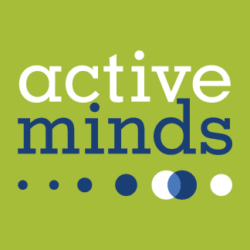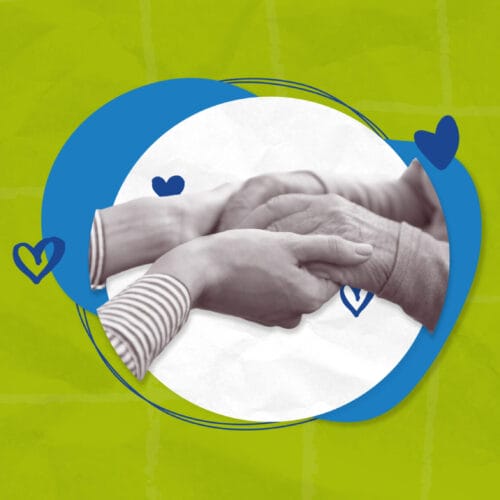Content Warning: This piece contains mentions of suicide.
Suicide prevention can be as simple as starting a conversation. However, it can sometimes be difficult to know what to say, as well as what other actions when the conversation ends. As a multiple suicide attempt survivor and mental health advocate, I wanted to share some suicide prevention strategies for this month and beyond:
Open up conversations.
There is a common misconception and myth that talking about suicide will lead to and encourage suicide. This couldn’t be further from the truth – in reality, we know that talking about suicide decreases stigma which ultimately leads to help-seeking behaviors, such as starting therapy, connecting with mental health hotlines, or just sharing vulnerably with a friend. But understanding and knowing how to address mental health with those around you can be difficult. This is where V-A-R®, or Validate-Appreciate-Refer, can help. V-A-R® is a simple three-step tool that provides a path to listening and responding in a helpful way. In addition to learning how to navigate conversations, it’s also important to understand how impactful our language can be. Even with the best intentions, we might make mistakes in how we talk about mental health. Learn more about appropriate mental health language with the C.A.L.M. Microaggression Repair Tool. Never underestimate the power of conversation; you don’t have to be an expert to help, you just need to be there.
Be a part of community-building.
Being a part of an Active Minds chapter and having that peer-to-peer support saved my life. I met so many wonderful people through Active Minds and without them and their continued support, I would not be the person I am today. Many of my favorite memories in college come from my chapter – from self-care nights, weekly meetings, hosting speakers, creating collaborations on campus and so much more, I was given an outlet to be myself and become a leader. I felt safe, loved, and valued within this stigma-free environment. I encourage you to find out if your school currently has an Active Minds chapter, and if not, consider starting one. For non-students, look into how you can build community at work, through the Active Minds @Work program, or in your community, such as by hosting an Active Minds Speaker.
Take time to educate yourself.
One of Active Minds’ longest-standing and most impactful programs is Send Silence Packing, a humbling display that travels the country inspiring action for suicide prevention. Send Silence Packing is hitting the road for the fall semester this week – check out the full list of stops here and visit the display if you can. If you don’t see a stop near you, no worries – Active Minds also has a virtual experience that complements the physical display called Behind the Backpacks. This experience features the stories of suicide loss and suicide attempt survivors, as well as ways to take action for suicide prevention. These programs help to destigmatize mental health, show that anyone can be affected, and reiterate that everyone deserves support. It also helps participants to know the signs to look out for, actions to take when they suspect someone may be struggling, and what professional resources are available.
Support the continued creation of new resources, programs, and tools.
Every donation Active Minds receives goes right back into their daily work of changing the conversation around mental health. This Suicide Prevention Month, consider starting a fundraiser to support their continued work of creating accessible, equitable, and impactful resources, tools, and programs for all. In the past, I’ve started both individual fundraisers, as well as ones with my chapter, and have always seen them as a way not only to raise money, but to also share my story, connect with others who are passionate about mental health, and start conversations with loved ones and peers who might not otherwise be having these discussions. Fundraising is a powerful way to build community, especially when it’s for a cause you’re passionate about.
Continue advocating year-round.
In order to fully address mental health and suicide, we must dig deeper as a society. Take time this month (and beyond) to ask your loved ones “How are you really doing?” Explore tools that highlight intersectional issues related to mental health and give instructions on how to take action. Most importantly, lead with empathy, rather than judgment. Only when people were direct, validating, and supportive was I able to find myself again. The suicide prevention strategies shared here aren’t only applicable this month – carry them throughout the year, and see how you can continue to add to them.
Never forget – the world needs you here. Your perspective, voice, and journey matter, and through taking part in these suicide prevention strategies and more, you are impacting the world around you. The world needs you here because you are changing the conversation.







